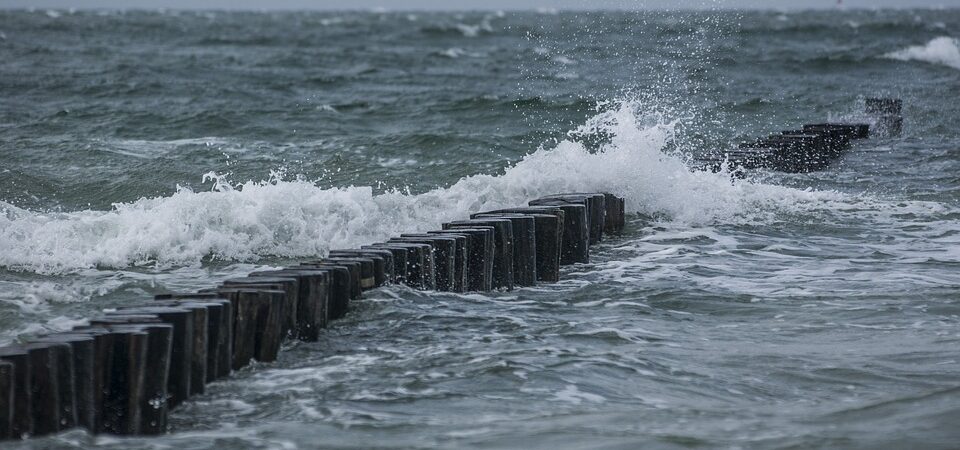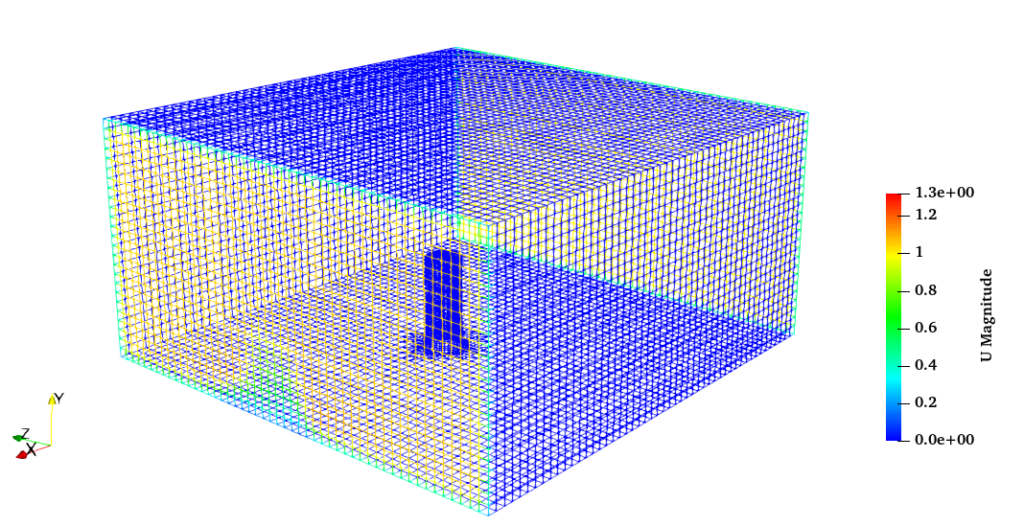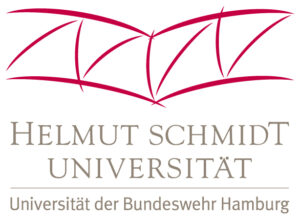
Breakwaters are typically designed to resist the action of waves and promote the dissipation of wave energy, e.g., at port entrances or vulnerable shorelines. In this project, we want to model permeable breakwaters numerically using OpenFoam and deal.II. In particular, we want to investigate relatively small-scale effects (at the perforations) during regular and irregular sea-state conditions.
Figure 1 shows the OpenFoam 3D cylinder test case. The idea is to extend the 2D breakwater test case in OlaFlow (a C++-based OpenFoam library based on the finite volume method) to 3D, varying various factors such as wave conditions and porosity.
In another part of the project, simulations will be run with a Navier-Stokes code based on the C++ deal.II library for finite element methods (see Figure 2). The code is based on cell-based Vanka smoothing and uses a parallelised multi-grid approach. It will be adopted and extended for breakwater applications.
Funding: Helmut Schmidt University; since 01.12.2022
Researcher: Heena Kiritbhai Patel; PI: Anozie Ebigbo
Project-related presentations:
- Patel, H. K. Breakwaters: Numerical Modeling of breakwater with OpenFoam and dealii. Oral presentation as a participant of the summer school “200 Years of Navier-Stokes and Turbulences”, August 2023, Les Houches France.


[1] Mathias Anselmann and Markus Bause. 2023. A Geometric Multigrid Method for Space-Time Finite Element Discretizations of the Navier–Stokes Equations and its Application to 3D Flow Simulation. ACM Trans. Math. Softw. 49, 1, Article 5. https://doi.org/10.1145/3582492

Letzte Änderung: 13. September 2023